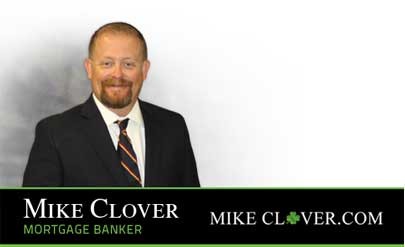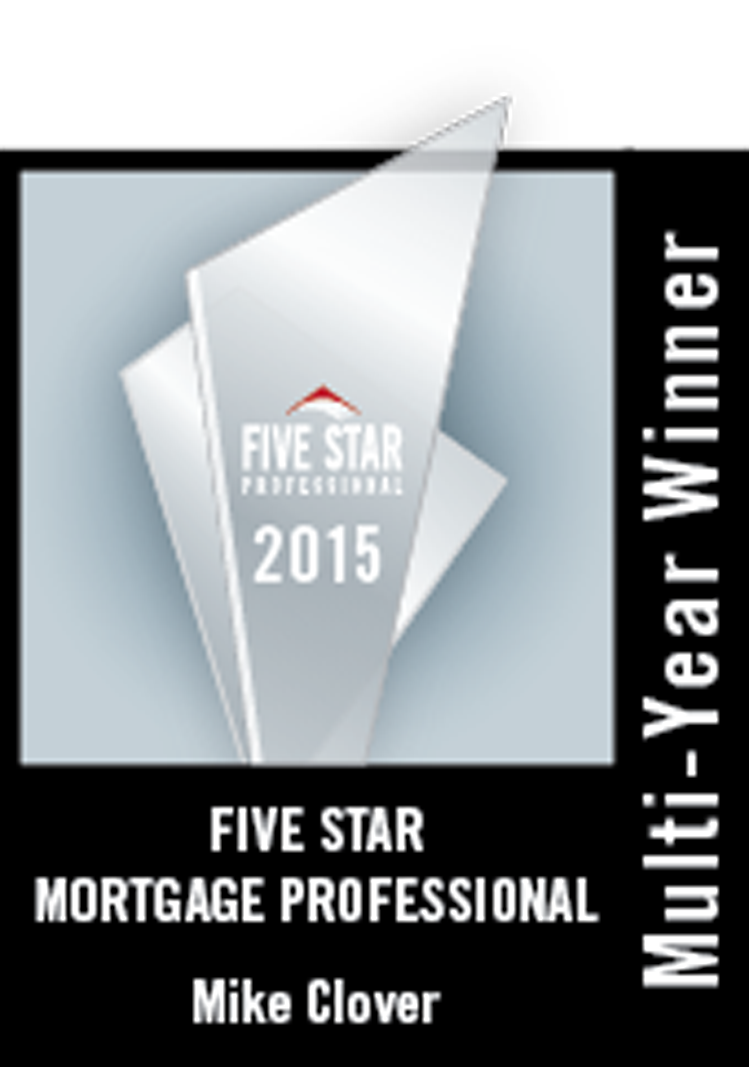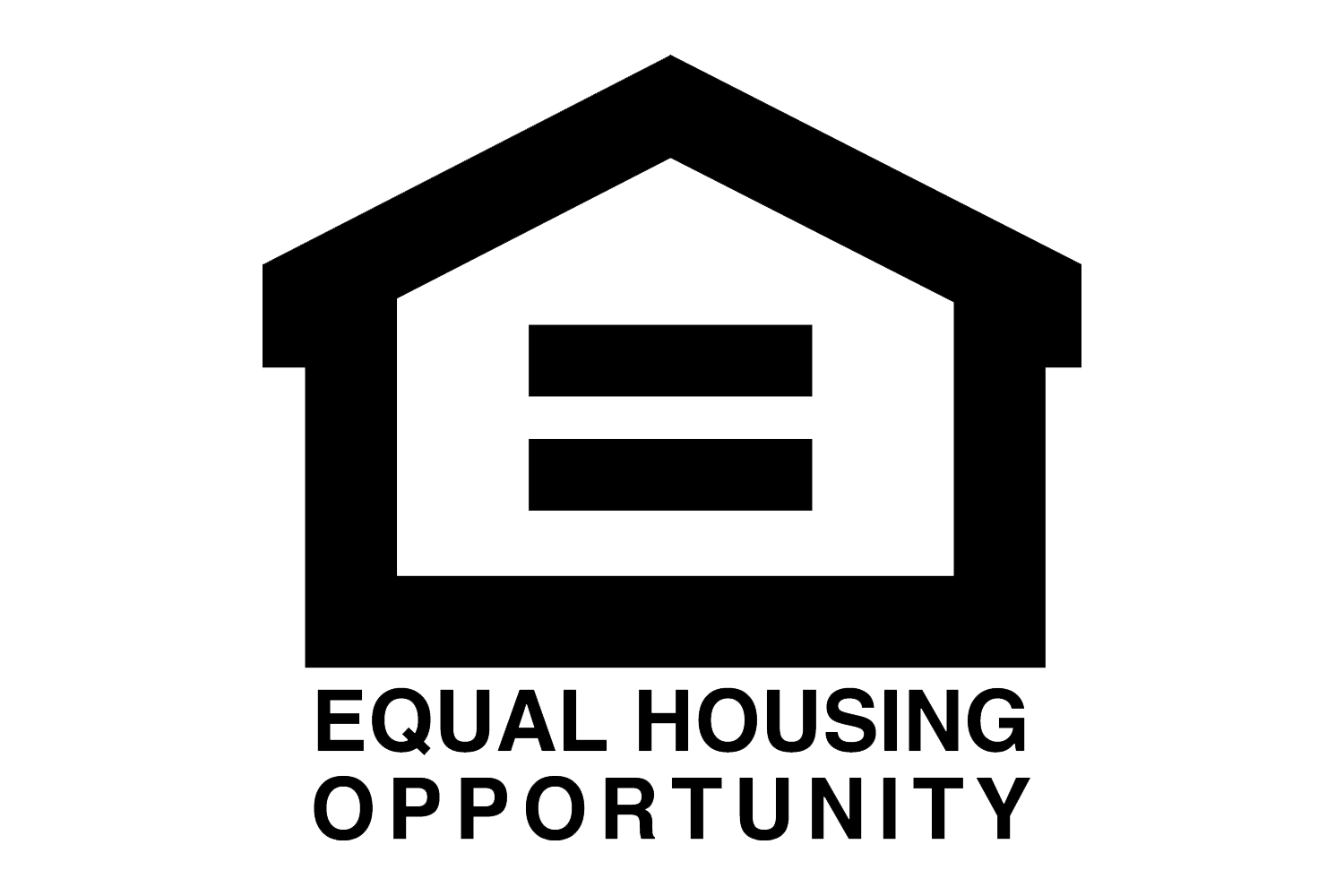
What’s the difference between a Conventional Mortgage loan and a FHA loan?
If you’re thinking of buying a home, you may be getting advice regarding the kind of mortgage loan to choose. Does it matter? What are the real differences between Conventional and FHA loans?
Policies vary between lenders, but these are the generalities:
First, the similarities:
- Both Conventional and FHA mortgage loans are available for varying lengths of time. While most do choose a 30-year amortization, you might instead choose 10, 15, or 20 years.
- Both can be obtained for a low down payment.
- Both are available to borrowers with less-than-stellar credit scores.
- Both base the interest rate for individual clients on that client’s income, credit scores, debt load, etc.
So what are the differences?
Conventional loans:
Contrary to popular belief, it isn’t necessary to have a 20% down payment in order to obtain a conventional loan. In fact, in some cases, borrowers may pay as little as 3% down.
It is always preferable to pay 20% down, because that exempts you from paying for private mortgage insurance. This is the monthly fee the lender collects to mitigate the damage should you default on your loan. This fee ranges from just under 0.6% to 1.86% of your home loan.
To be considered for a conventional loan, you need a credit score of at least 620.
Your debt-to-income ratio must not exceed 50%. That means that all of your monthly payment obligations, including your new mortgage loan, must not exceed 50% of your monthly pre-tax income.
The other differences are that conventional loans can cover higher loan amounts than FHA loans, and they take less time to process.
FHA Loans:
Approximately 40% of the homes mortgaged in the U.S. today are obtained with FHA loans. These are government-backed and insured by the Federal Housing Administration. This insures that the banks will not lose money should the borrowers default.
That means that all FHA loans are subject to MIP – a Mortgage Insurance Premium. The borrower will pay an upfront fee of about 1.75% of the loan value and an annual fee that is typically 0.85% of the loan amount. This fee remains in place for the life of the loan, making it advantageous for homeowners to refinance into a conventional loan once they have 20% equity in the home.
This government backing enables first-time buyers with little savings and those with poor credit to become homeowners.
The minimum down payment for a FHA loan is 3.5%. However, a portion of that down payment may be in the form of a gift from a family member.
The stated minimum credit score is 580. However, applicants with scores as low as 500 may be approved if they have a down payment of at least 10%.
FHA loans are stricter than conventional in that the debt-to-income ratio is lower, at only 43%. The difference: If your monthly income is $5,000, you can qualify for a Conventional loan if your debts don’t exceed $2,500. For FHA, your total debt must not exceed $2,150.
FHA loans do come with a loan limit. In most places that limit is $472,030. However, in high-cost areas such as San Francisco County or the Bronx, in New York, the limit is $1,089,300. Check with your lender to learn the FHA loan limit in your city.
Which loan should you choose?
If you can manage it, a conventional loan is the one to choose. However, if you can’t, and if all of the reasons to purchase a home apply to you, then it could be advantageous to start your homeownership career with an FHA loan.
When you’d like to explore your options…
Turn to Homewood Mortgage, the Mike Clover Group. We’ll be happy to discuss your situation and show you the options available.
Call us today at 800-223-7409








